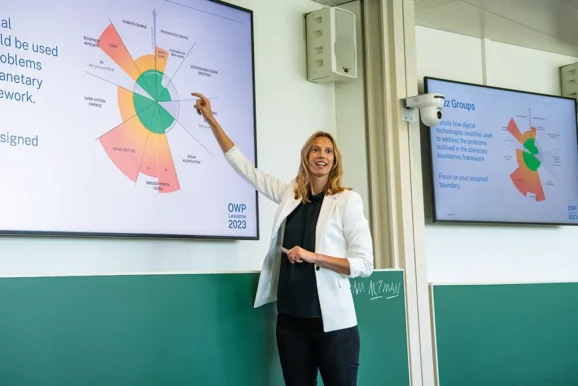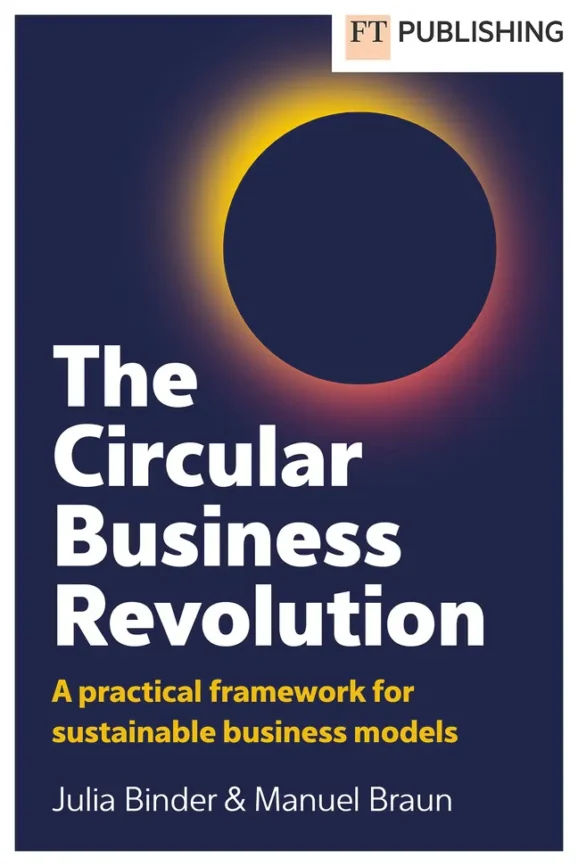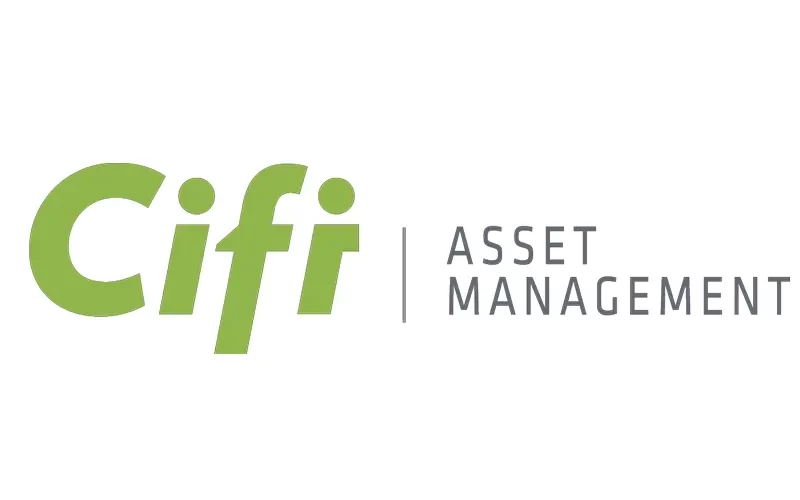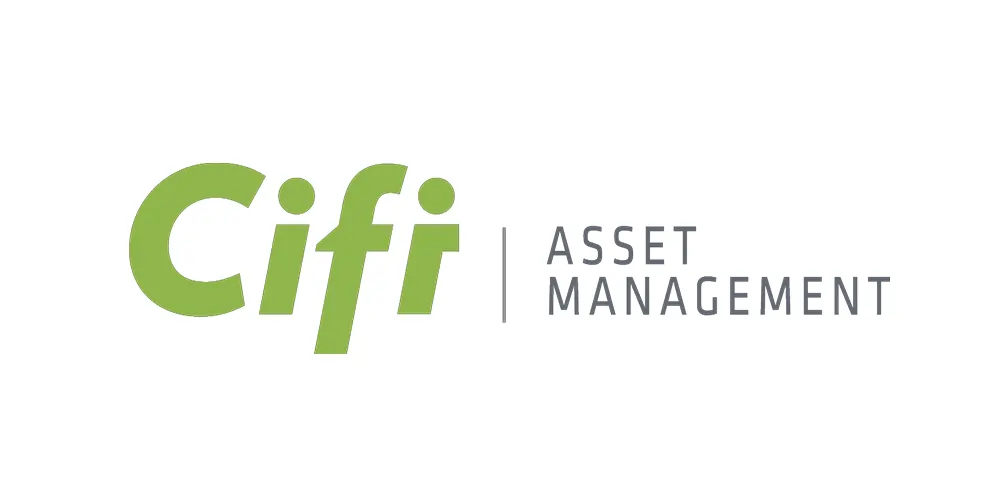Take your business success full circle

John E. Kaye

Business leaders must overcome key challenges and build high-performance teams for circularity if their sustainability strategies are to succeed, say industry experts Julia Binder and Manuel Braun
Transitioning to a circular business model represents a profound shift toward sustainability for many companies. The prevailing linear economy – based on a “take, make, waste” model – has long been the standard. However, this approach has led to significant environmental degradation, resource depletion, and waste accumulation. As global environmental problems intensify, the need for a sustainable alternative becomes increasingly urgent.
The circular economy offers a compelling solution by emphasising resource efficiency, waste reduction, and the continual use of materials through recycling, remanufacturing, and reuse. The circular economy serves as a delivery mechanism to reach net zero goals. But this shift not only addresses environmental concerns, as it also presents significant economic opportunities, fostering innovation, new business opportunities and resilience in businesses.
Adopting a circular economy requires companies to rethink their operations fundamentally, moving from linear processes to closed-loop systems that minimise waste and maximise resource efficiency. This transition can drive cost savings, open new markets, and enhance brand reputation by aligning with growing consumer and investor demand for sustainable practices. However, the journey to circularity is fraught with challenges, particularly in the realm of leadership and team dynamics. Leaders often inadvertently create obstacles that hinder the progress of these initiatives. While much focus is placed on the technical and material aspects of circularity, it is equally critical to address the human resources dimension. Leadership can be a critical enabler, but also a barrier at the same time. Here, we unpack some of the challenges business leaders will face, and the solutions we suggest.
Challenge 1: Neglecting the human element
Leaders frequently emphasise the material and technical facets of circularity, overlooking the vital role of human resources. A team fuelled by passion and energy is crucial to driving any circular business initiative. Building such a team requires not only technical expertise but also a supportive leadership mindset from the outset and throughout the journey.
Solution: Assemble and empower a diverse team To create an effective team, leaders must prioritise complementary skills and knowledge. This includes technical skills, critical thinking, problem-solving abilities, and interpersonal skills like collaboration and communication. A diverse team – considering function, gender, and culture – fosters a synergistic environment that drives innovation and resilience. Leaders should ensure that team members can fully commit to the project, avoiding the trap of treating circular initiatives as side tasks. Depending on the aspired circular business pathway, it will typically be key to establish strong ownership in business units.
Challenge 2: Failing to promote collaboration
A high-performance team thrives on a shared vision, trust, respect, and mutual support. However, leaders often fail to cultivate these elements, resulting in poor collaboration and a lack of innovation. The African proverb, “If you want to go quickly, go alone. If you want to go far, go together,” underscores the importance of collective effort in achieving long-term goals.
Solution: Foster a collaborative culture – Leaders need to actively promote a collaborative culture by articulating a shared vision and fostering an environment of trust and mutual respect. This is particularly important in the context of circular business transformation, due to their inherent interdisciplinary nature. Regular communication, team-building exercises, and recognition of individual and collective accomplishments are key. Encouraging open dialogue and feedback helps address issues early, ensuring the team remains united and focused on their goals.
Challenge 3: Insufficient resource allocation
A common issue is the inadequate allocation of resources and capacity to circular initiatives. Without sufficient support, these projects are likely to fail. Leaders often underestimate the resources required, leading to overburdened teams and stalled progress.
Solution: Strategic planning and resource allocation – Effective resource planning is crucial for the success of circular business models. Leaders must ensure that team members have the capacity to contribute fully by reallocating resources, hiring additional talent, or leveraging external experts when necessary. Adequate support and resources are essential for successful implementation and long-term sustainability. Calculate a business and impact case very early on. A stage-gate process can both create freedom on resource use while keeping budget controlled.
Challenge 4: Ineffective knowledge management
Circular business models require continuous learning and effective knowledge management. However, leaders often fail to establish systems that support skill development and knowledge sharing, resulting in knowledge gaps and hindered progress.
Solution: Implement dynamic learning and knowledge systems – Leaders should create tailored learning programmes that align with the vision of their circular business. These programmes should support continuous skill development and facilitate knowledge sharing across all levels of the organisation. For example, many companies lack critical knowledge on how to apply Lifecycle-Assessments at scale. Utilising advanced technologies like AI and machine learning can help manage complex knowledge areas and provide valuable insights. Establishing robust knowledge management systems will bridge knowledge gaps and empower teams to innovate effectively.

Challenge 5: Poor talent acquisition strategies
Finding and onboarding relevant external talent is critical for advancing circular business models. However, many leaders struggle with inefficient talent acquisition strategies and fail to emphasise sustainability in their employer branding.
Solution: Optimise talent acquisition – Leaders should streamline the process for defining talent needs and creating attractive job descriptions. Building partnerships with relevant networks and integrating circularity into employer branding can attract top talent. Showcasing the company’s impact and success stories can inspire prospective employees and highlight the unique opportunities within the organisation. Utilising external resources such as expert networks and freelancers can provide the necessary expertise when internal resources are lacking.
Challenge 6: Lack of internal engagement
An active internal community of change-makers can significantly boost engagement in new business model initiatives. However, leaders often neglect the importance of fostering such a community, leading to organisational silos and reduced collaboration.
Solution: Build an internal circularity community – Leaders should create opportunities for an internal community of change-makers to emerge. This can be achieved through tools and activities such as open communication channels, webinars, and internal sustainability conferences. Highlighting progress and achievements will foster a sense of belonging and motivate employees. Leveraging the collective power of an engaged internal community can drive collaborative innovation and break down organisational silos.
Challenge 7: Resistance to transformational leadership
The transition to circular business models requires a shift in leadership mindset and culture. Leaders who resist change or fail to engage employees can hinder progress and undermine the organisation’s circularity goals. A lack of visible leadership support can be a critical roadmap for the circular business transformation.
Solution: Embrace transformational leadership – Leaders must adopt a mindset geared towards long-term transformation and change. This involves cognitive flexibility to navigate different time horizons, stakeholder groups, and rationales for change. Leaders should model the behaviours they expect from their team and actively involve employees in shaping the process. Transparent communication about the long-term benefits and strategic importance of these initiatives is essential. Creating a protected environment for new business model activities can grant teams autonomy and psychological safety. Leaders should act as role models and celebrate significant milestones to build momentum and demonstrate the value of circular business models.
Challenge 8: Narrow strategic perspective
A limited strategic perspective can hinder the adoption of circular business models. Leaders who focus narrowly on short-term gains or traditional business practices may miss opportunities for sustainable innovation and long-term value creation.
Solution: Adopt a systems lens – Leaders should broaden their strategic outlook by adopting a systems perspective. Embracing service-based business models can shift the focus from product ownership to access, promoting resource efficiency and customer satisfaction. Building circular ecosystems and partnerships is crucial for achieving systemic change. Leaders should collaborate with stakeholders across the value chain, including suppliers, customers, and even competitors, to create a more integrated and sustainable business environment.
Final thoughts
Transitioning to circular business models is a complex journey requiring the right leadership mindset and a high-performance team. By addressing the key problems leaders create for their company’s circularity programmes, organisations can build a resilient and innovative team capable of driving long-term sustainability. Focusing on human resources, fostering collaboration, strategically allocating resources, implementing robust knowledge management systems, optimising talent acquisition, building an internal community, embracing transformational leadership, and adopting a systems lens are essential steps to overcoming these challenges and achieving success in circular business models.



About the authors
Dr Julia Binder is Professor of Sustainable Innovation at IMD Business School, and Dr Manuel Braun is Director at Systemiq Ltd. They are co-authors of ‘The Circular Business Revolution’ (Pearson, out now).
Sign up to The European Newsletter
RECENT ARTICLES
-
 Jersey builds on regulatory strength to stay globally competitive
Jersey builds on regulatory strength to stay globally competitive -
 Why hybrid energy systems are set to power the continent
Why hybrid energy systems are set to power the continent -
 ees Europe: The rise of large-scale storage systems
ees Europe: The rise of large-scale storage systems -
 From reputational risk to competitive advantage
From reputational risk to competitive advantage -
 Take your business success full circle
Take your business success full circle -
 Designed for life
Designed for life -
 Is your ESMS fit for purpose?
Is your ESMS fit for purpose? -
 Digitally enable your ESG solutions
Digitally enable your ESG solutions -
 Afore SURA - The journey to sustainable investment
Afore SURA - The journey to sustainable investment -
 ESG at IDFC FIRST Bank
ESG at IDFC FIRST Bank -
 Takeaways from eco food study
Takeaways from eco food study -
 It’s all about sustainability
It’s all about sustainability -
 Invest in a Greener Tomorrow with Westbrooke Associates
Invest in a Greener Tomorrow with Westbrooke Associates -
 Q&A with Cifi Asset Management's Ricardo Rico, Head of Funds & Javier Escorriola, Managing Partner
Q&A with Cifi Asset Management's Ricardo Rico, Head of Funds & Javier Escorriola, Managing Partner -
 The present calls for sustainable investments, and CIFI has heard that call
The present calls for sustainable investments, and CIFI has heard that call -
 The power to transform tomorrow
The power to transform tomorrow -
 UK to mismanage quarter of a million tonnes of plastic waste this year
UK to mismanage quarter of a million tonnes of plastic waste this year -
 How can visionary design save the world?
How can visionary design save the world? -
 Interview with Thanawat Trivisvavet, Managing Director of CKPower
Interview with Thanawat Trivisvavet, Managing Director of CKPower -
 Elsewedy Electric - Powering progress
Elsewedy Electric - Powering progress -
 Thailand’s CKPower leads sustainable business model
Thailand’s CKPower leads sustainable business model -
 It’s time to focus on the ‘S’ in ESG
It’s time to focus on the ‘S’ in ESG -
 The seven competencies of ESG leaders
The seven competencies of ESG leaders -
 Why businesses must begin their net zero journey now
Why businesses must begin their net zero journey now -
 Every drop of the ocean is connected - Ocean Bottle
Every drop of the ocean is connected - Ocean Bottle


























